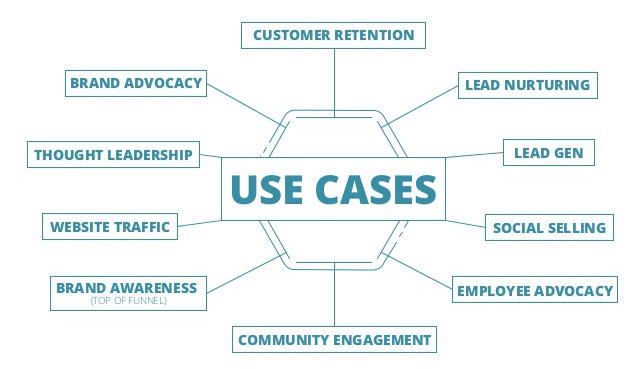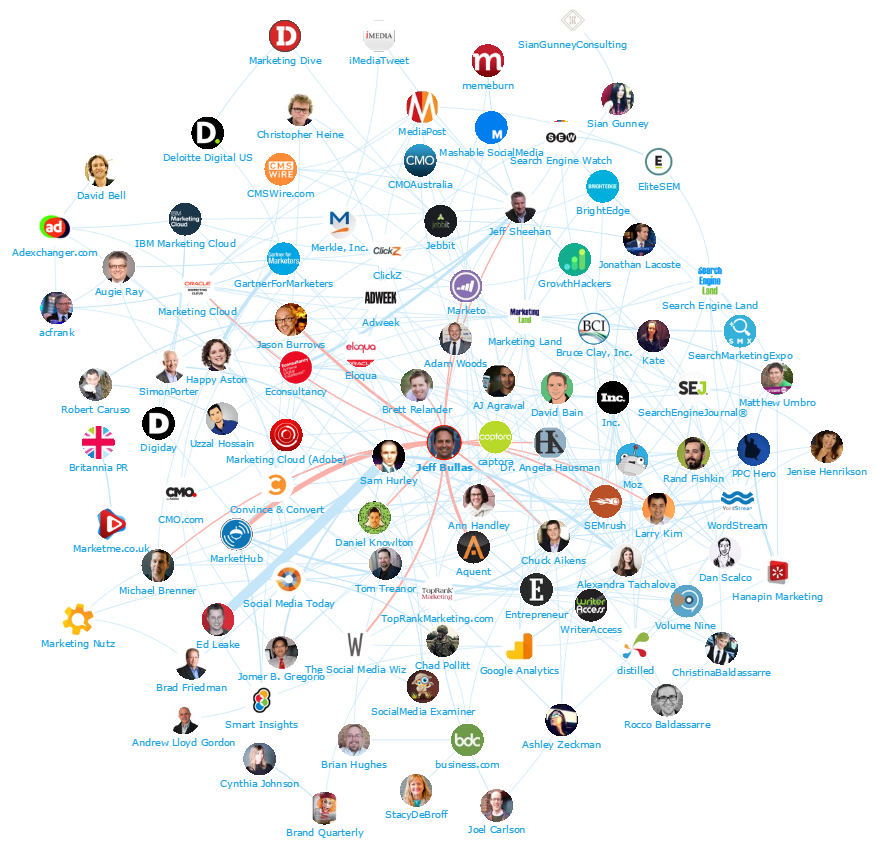Here are some of the most common questions we get asked about influencer marketing:
1. What is Influencer Marketing?
Influencer marketing is the practice of marketing to people who influence your target market’s buying decisions, behaviours and increase conversion rates within your target market.
2. Why Should I be Doing Influencer Marketing?
There are a number of use cases for influencer marketing, for example you might want to boost sales, drive more traffic to your website or improve your brand reputation. Purchasing decisions are more often influenced by expert recommendations than traditional advertising, as a result influencer marketing generates twice the sales of paid advertising and leads to recommendations which are up to 50 times more likely to trigger a purchase.

3. How many influencers should I target?
This really depends on what campaign you are running, but as a rule of thumb we see that between 100-200 influencers is a good starting point, as this is a manageable number and these influencers will in turn influence the wider community. When analysing larger topics like climate change for example, there are often thousands of influencers influencing different audiences around the world and the temptation is to try and target many more. However we would suggest still starting with 100-200, so long as you can identify different influencer groups who influence the right mix of global and local communities. Once you have successfully engaged the top influencers consider adding more to scale your program, but only if they have significant engagement within the community.
4. What keywords should I track?
We would recommend starting by creating a list of keywords relevant to your brand and product category, as well as reputational issues and thought leadership topics. You could also search for specific individuals to see how they are being mentioned by the influencer community or in conjunction with another topic. For example if you wanted to know how Bill Gates was mentioned in conjunction with education you could include “Bill Gates AND education” in your search query.
5. How many topics should I analyse when identifying influencers?
You should select the topics which best reflect your brand messages or the product category you want to be associated with. If you have too many keywords consider aggregating them into topic buckets which best reflect your main thought leadership themes or brand messaging. If you have multiple product campaigns you may need to run separate queries. For example you could have one list focused on the over arching topics of sustainability and climate change, whilst incorporating all the sub topics and themes within those topics (Cop21, environmental legislation, etc.). Then you could have another list that may be focused on renewable energy, incorporating all sub topics and keywords within renewable energy (solar, hydro-electric, wind farms, etc.)
6. Why should I segment my influencer marketplace?
The reason you would want to segment your influencer community is to understand what the different influencer groups really care about so you can align messaging to your different audiences. You’re not going to approach a beauty blogger in the same way you would approach an academic for example. Segmenting influencer groups allows you to set up alerts, run analytics on different influencer groups and track how effective your content is at reaching them. Example influencer groups could include Celebrities, Journalists, Politicians, Keynote Speakers, Academics and Researchers, Authors, etc.
7. How do I best measure success?
Success is best measured by tracking: Activity (Volume of Outreach to Influencers), Engagement (2-way interactions from target influencers), Awareness (volume of brand mentions or other relevant topics from your influencer community), Perception (Quality of brand coverage from your influencer community) and Action (site traffic generated by your influencer community).
8. Should I stay local or go global?
Great question! We have actually written a whole blog devoted to this one which you can read here. A key point worth remembering that influence is often driven more by language and topical interests than geography. Global influencers deliver a better bang for your buck if they can be proven to exert influence in your local market. So often a blend of local and global influencers is the best approach.
9. What are network maps and why are they useful?
Network maps are a visual representation of your influencer community, they can be built around your corporate brand, product, an event, a thought leadership topic, a reputational issue or your competitors. Network maps illustrate the social landscape of your brand and having a visual representation of your influencer community is a great way of understanding a community of influencers, by showing the connections between stakeholders you can see and how far their influence reaches. Here is one we made using our Influencer Relationship Management software (IRM) showing the top engaged influencers and brands in Digital Marketing (click the image to enjoy the full size network diagram in greater detail.)
10. How do I measure the ROI of Influencer Marketing?
Before determining the ROI you should first determine the Cost of investment (COI). This will vary depending on the scope of your campaign, but you will need to include the cost of researching influencers, setting up influencer programs, providing free product samples to target influencers and your end target audience, as well as resource time spent on content creation and social media outreach. The cost of networking opportunities such as roundtable influencer events should also be factored in.
The ROI of influencer marketing can be measured in the following ways:
- Increase in Earned Media Value and Reach
- Increase in Influencer Engagement
- Improved Sentiment and Perception
- Increase in Brand / Product Advocates
- Increase in Site Traffic
- Brand Awareness
- Increase in enquiries and sales
At Onalytica we focus on helping brands and agencies engage with the inner circle of influencers so that through their networks they can help you more effectively influence your end target audience, and we have a tool to enable you to identify, track and engage with influencers. Our Influencer Relationship Management platform (IRM) is for brands looking to scale their 1-to-1 Influencer Relationship Management results. If you’re looking to get started with an influencer program, or want to scale your existing influencer marketing strategy, we have solutions to help you identify, manage and engage with your influencers. Click here to get in touch!

